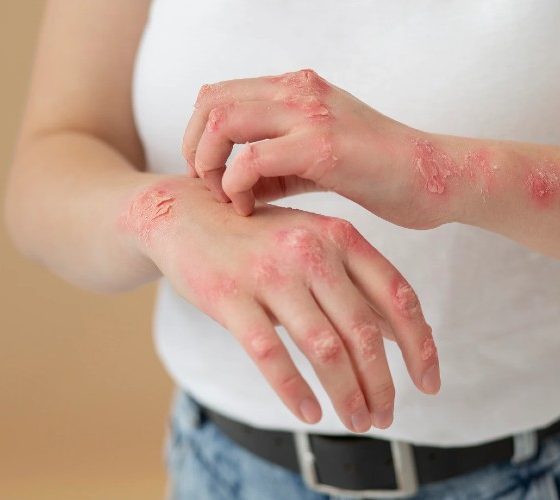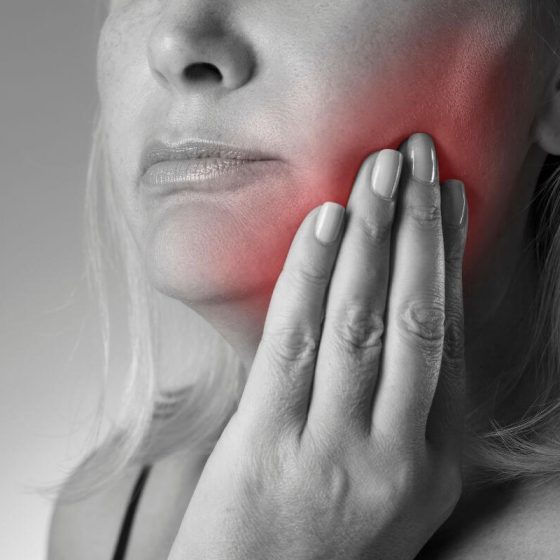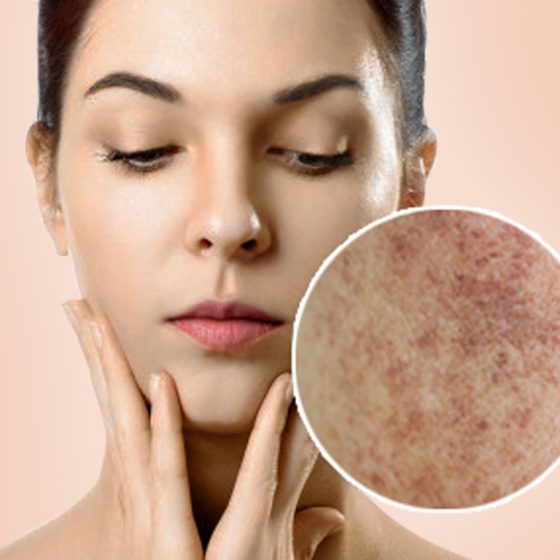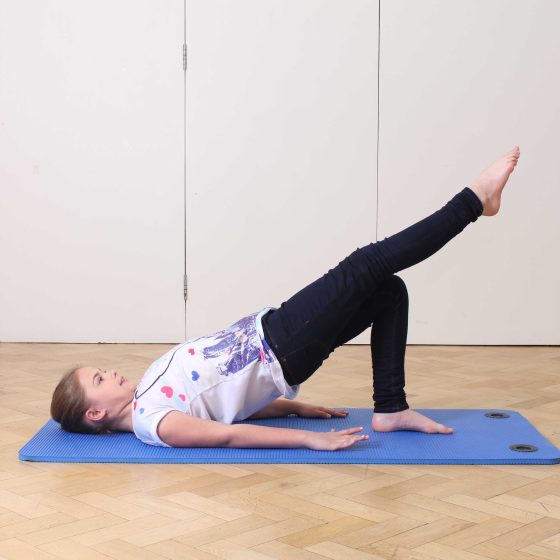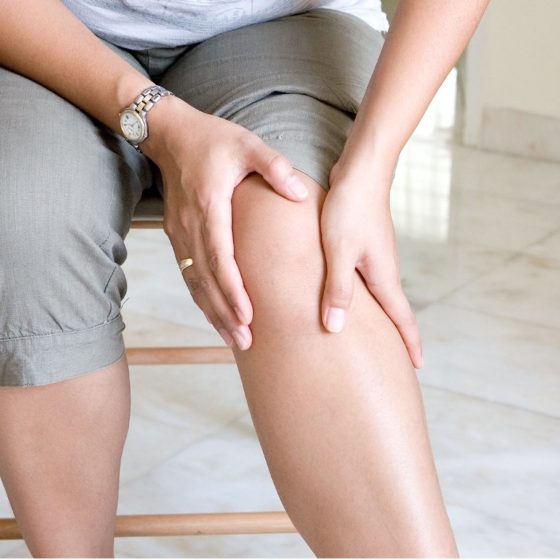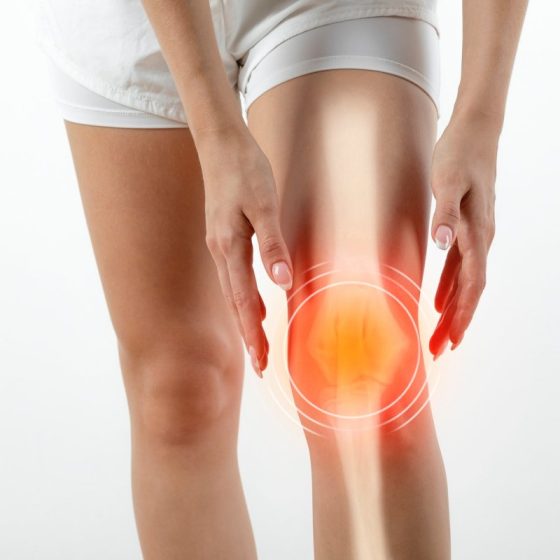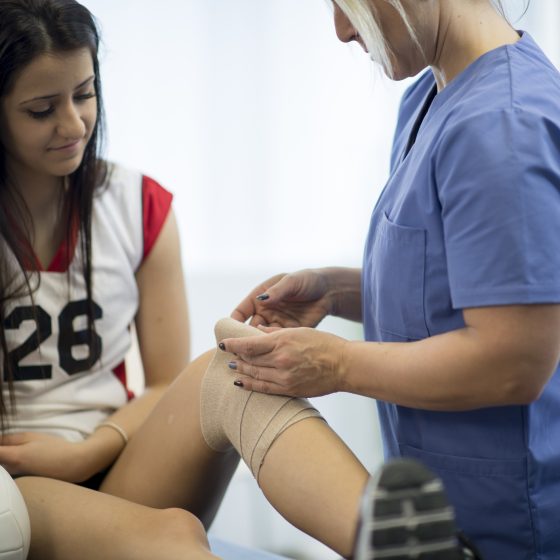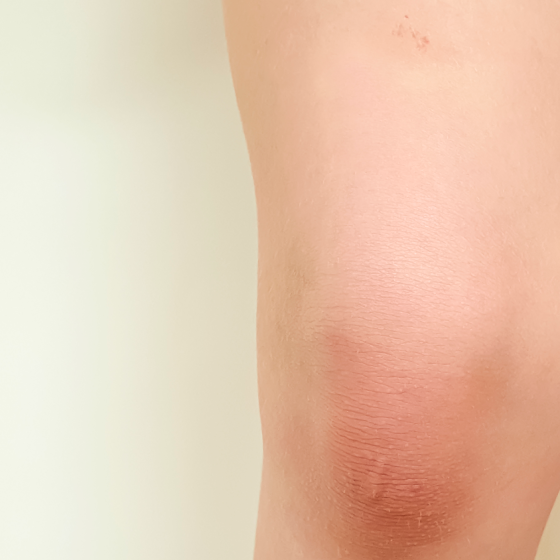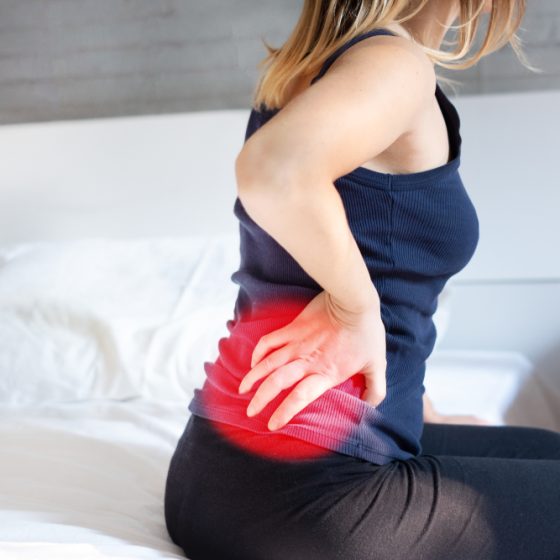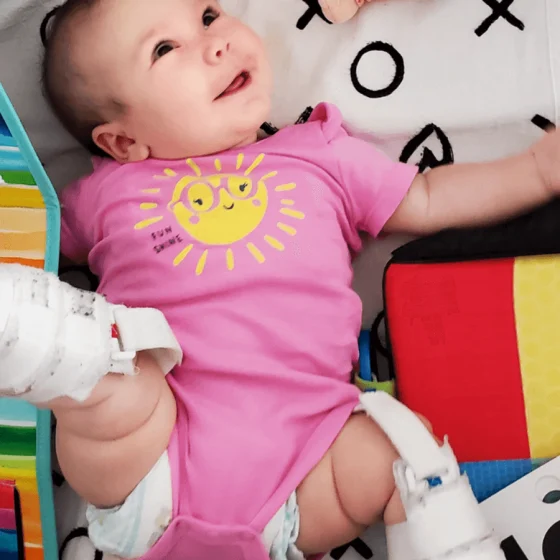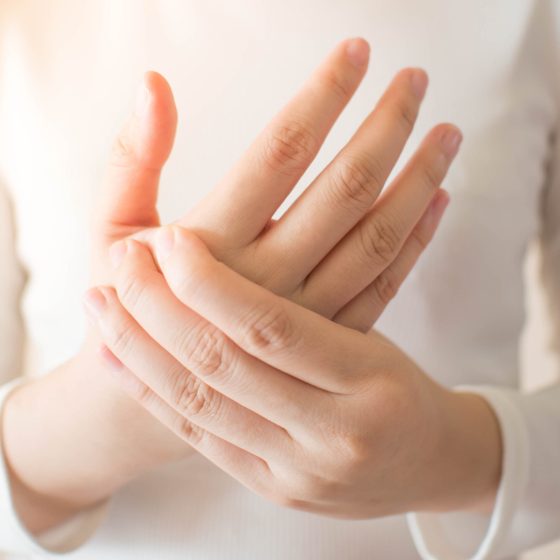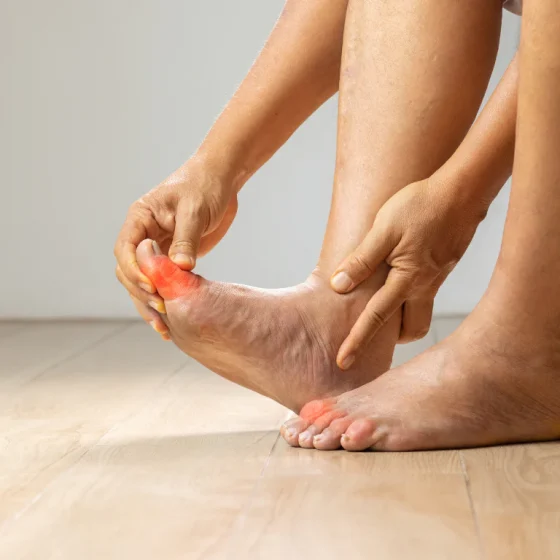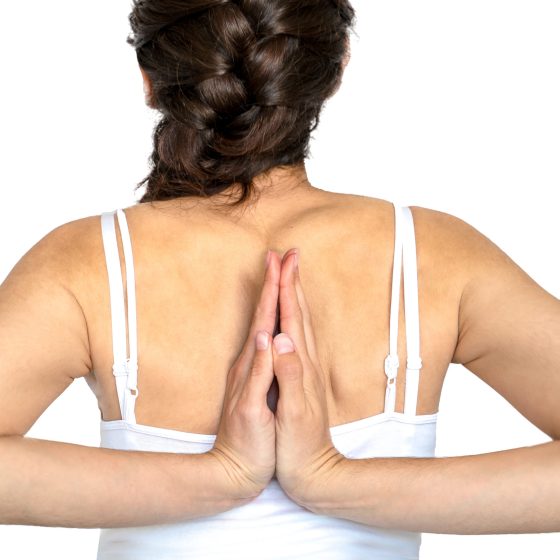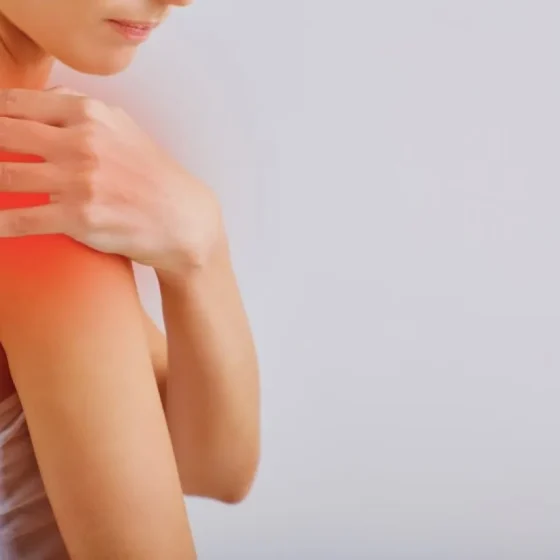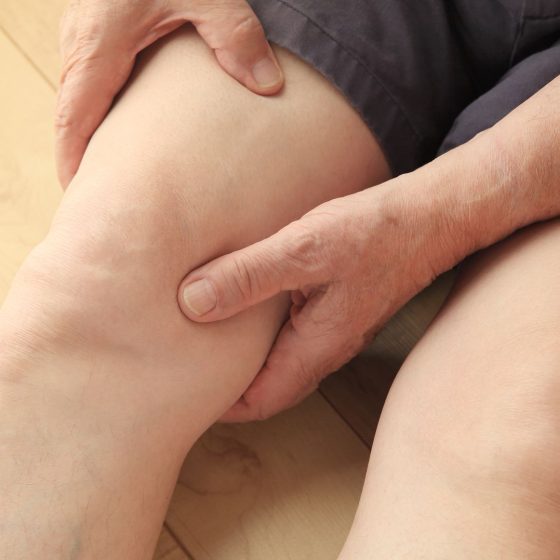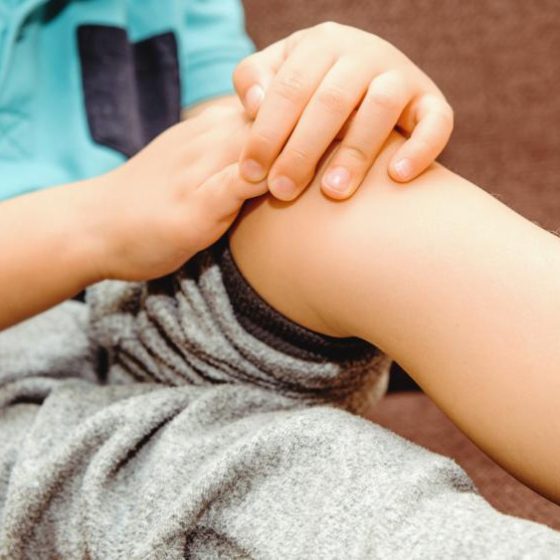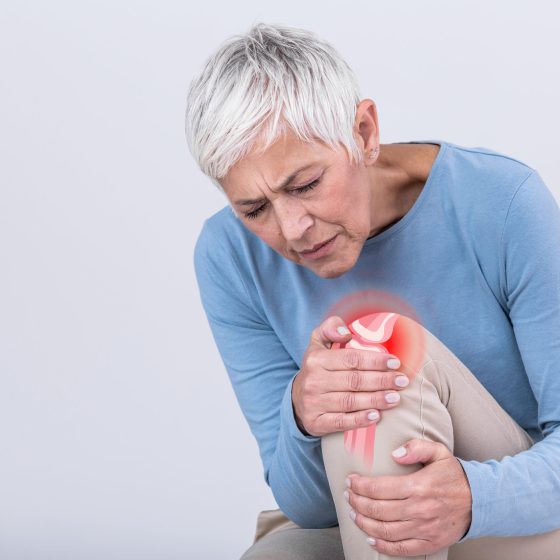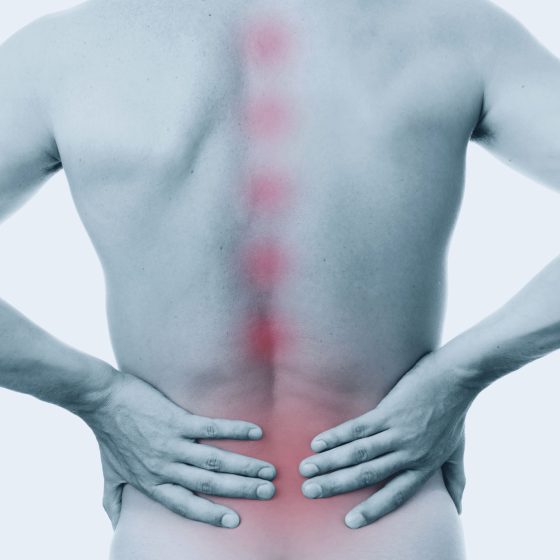Psoriatic arthritis
Key facts Psoriatic arthritis is a condition that affects your joints. It tends to affect people with a skin disease called psoriasis. Symptoms can often be mild. Treatments can relieve your symptoms and help prevent long-term joint damage. There is no cure for psoriatic arthritis. What is psoriatic arthritis? Like other types of arthritis, psoriatic arthritis causes pain and stiffness in the joints. It is called ‘psoriatic arthritis’ because it tends to affect people with psoriasis. Psoriasis is a condition that causes red, scaly patches on your skin. About 1 in 10 people who have psoriasis get psoriatic arthritis. If you

